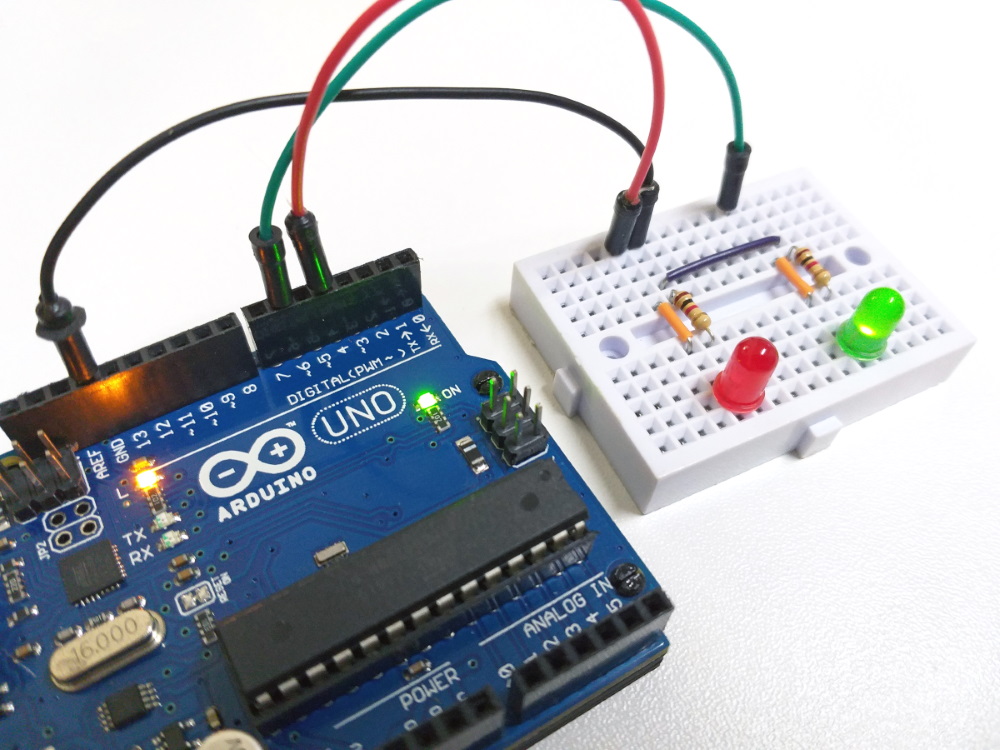
interval to stabilize analog input smoothing readings data to determine the size of the readings array. Using a constant rather than a normal variable lets us use this more the readings will be smoothed, but the slower the output will respond to Define the number of samples to keep track of. I basically have this embedded in my for loopĬode: Select all variables declared before void setup
#Arduino millis max value code
Since the code is really long I've summarized it a bit for transmitter side: In this case I'm taking 64 samples of analog readings (for smoothing values) for 4 analog sensors and also 64 readings for an I2C IMU sensor.I want to take compass readings next so that will be the 2nd I2C value after calibrating it. I've read that using delay is not best practice so I wanted to familiarize myself with using millis and get use to it. I thought millis is useful for multitasking?
#Arduino millis max value serial
I know for sure the analog values and I2C value are not appearing in Serial print port on both the transmitter side and receiver side. I tried to upload the code on both ESP-32 Pico-Kit modules at the same time. I set my deep sleep time to 10 seconds on both the transmitter and receiver. My transmitter says "Failed to add peer" in the serial monitor. Since I'm using the ESP-Now protocol to transfer those values wirelessly, I'm getting another error. Without using ESP-Now and just reading 1 analog value without smoothing the values I was able to get a reading and put it to sleep. I did what you said and put the flow of the deep sleep after reading 4 analog values and 1 I2C value.

Wakeup_reason = esp_sleep_get_wakeup_cause() Ĭase ESP_SLEEP_WAKEUP_EXT0 : Serial.println("Wakeup caused by external signal using RTC_IO") break Ĭase ESP_SLEEP_WAKEUP_EXT1 : Serial.println("Wakeup caused by external signal using RTC_CNTL") break Ĭase ESP_SLEEP_WAKEUP_TIMER : Serial.println("Wakeup caused by timer") break Ĭase ESP_SLEEP_WAKEUP_TOUCHPAD : Serial.println("Wakeup caused by touchpad") break Ĭase ESP_SLEEP_WAKEUP_ULP : Serial.println("Wakeup caused by ULP program") break ĭefault : Serial.printf("Wakeup was not caused by deep sleep: %d\n",wakeup_reason) break

Method to print the reason by which ESP32 If ( millis() - previousTime > loopInterval ) Serial.println("This will never be printed") Sleep was started, it will sleep forever unless hardware In the case that no wake up sources were provided but deep Peripherals state in deep sleep, we can now start going to Now that we have setup a wake cause and if needed setup the Serial.println("Configured all RTC Peripherals to be powered down in sleep") esp_deep_sleep_pd_config(ESP_PD_DOMAIN_RTC_PERIPH, ESP_PD_OPTION_OFF) The line below turns off all RTC peripherals in deep sleep.
#Arduino millis max value how to
Left the line commented as an example of how to configure peripherals. Not needed by the wakeup source, but if you want to be a poweruser Next we decide what all peripherals to shut down/keep onīy default, ESP32 will automatically power down the peripherals Serial.println("Setup ESP32 to sleep for every " + String(TIME_TO_SLEEP) + We set our ESP32 to wake up every 5 secondsĮsp_sleep_enable_timer_wakeup(TIME_TO_SLEEP * uS_TO_S_FACTOR)

Serial.println("Boot number: " + String(bootCount)) Increment boot number and print it every reboot Serial.print(getCpuFrequencyMhz()) //Get CPU clock SetCpuFrequencyMhz(40) //Set CPU clock to 40 MHz Uint32_t loopInterval = 3000 //milliseconds #define TIME_TO_SLEEP 5 /* Time ESP32 will go to sleep (in seconds) */ #define uS_TO_S_FACTOR 1000000 /* Conversion factor for micro seconds to seconds */

Deep Sleep Timer Wake Up Example by Pranav Cherukupalli


 0 kommentar(er)
0 kommentar(er)
